Articles > Society
If you’re studying for the Most Spoken Languages quiz, you’ll want to know these. Here are the 25 most spoken world languages by number of speakers.
English – 1.13 Billion Speakers
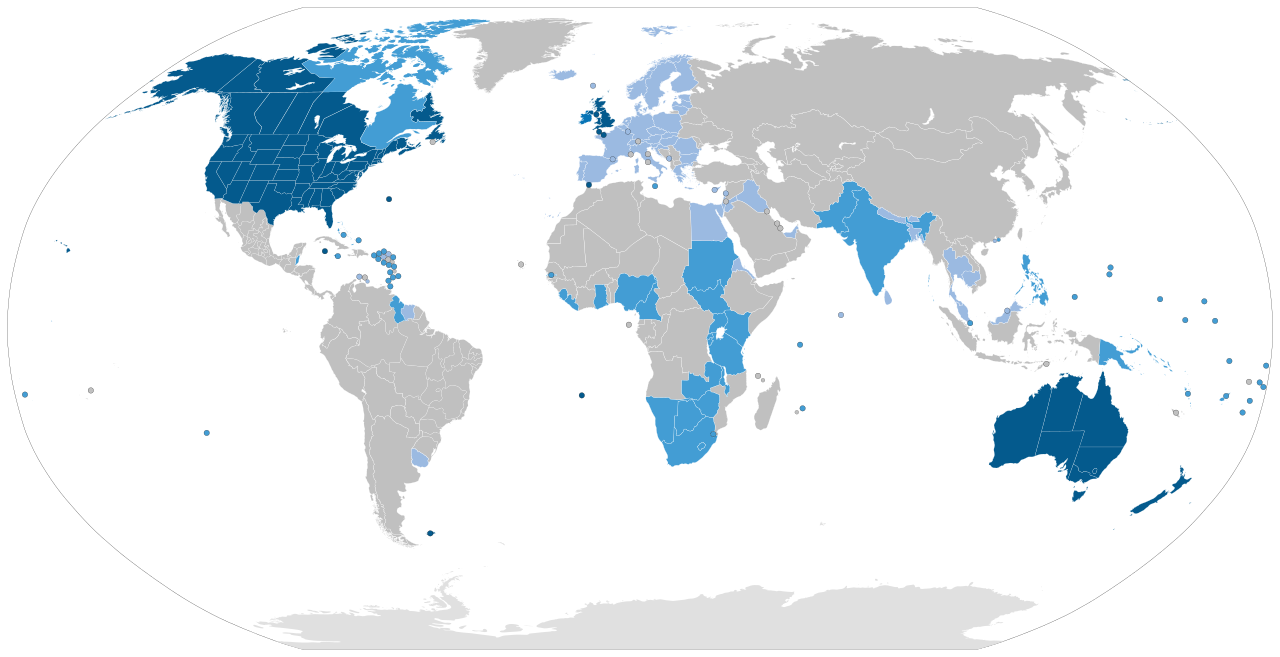
English is the most spoken language worldwide by total number of speakers. With 1,132 million speakers, it serves as the global lingua franca, connecting people across cultures and continents. It is the native language in countries like the United States, the United Kingdom, Canada, and Australia, and is widely used as a second language in nations such as India, Nigeria, and the Philippines. English dominates international fields like business, science, technology, entertainment, and diplomacy. Its rich history stems from its Germanic roots, later influenced by Norman French and Latin, giving it a vast vocabulary. Its global spread was propelled by the British Empire and, later, American influence in the 20th century. Today, English is a crucial tool for communication in our interconnected world.
Mandarin Chinese – 1.12 Billion Speakers
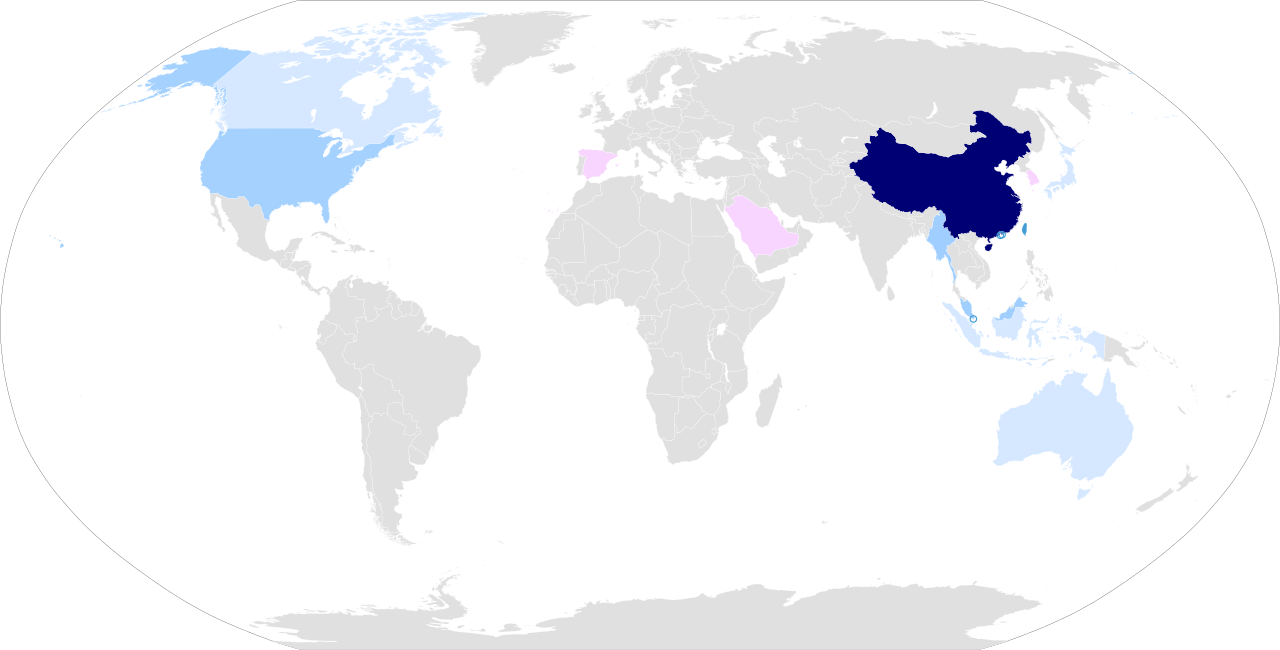
Mandarin Chinese, with 1,117 million speakers, is the most spoken native language in the world. As the official language of China and Taiwan, it is also one of the six official languages of the United Nations. Mandarin is part of the Sino-Tibetan language family and uses a tonal system, where the meaning of words changes with tone variations. Written Mandarin employs Chinese characters, a logographic writing system with thousands of unique symbols. The language is central to Chinese culture, history, and identity, with roots going back thousands of years. It is gaining prominence globally due to China’s rising economic and cultural influence. Efforts to learn Mandarin have grown worldwide, making it a key language for global business and diplomacy.
Hindi – 615 Million Speakers
Hindi, spoken by 615 million people, is one of the primary languages of India and part of the Indo-Aryan branch of the Indo-European language family. It is written in the Devanagari script, which is also used for Sanskrit and other Indian languages. Hindi is one of India’s 22 official languages and shares mutual intelligibility with Urdu, though the two are distinguished by script and vocabulary influences. Hindi draws heavily from Sanskrit but incorporates Persian and Arabic elements, reflecting India’s diverse history. Known for its rich literary tradition, Hindi is also a dominant force in Bollywood, the world’s largest film industry. Its spread within India and among Indian diasporas worldwide makes it a significant global language.
Spanish – 534 Million Speakers
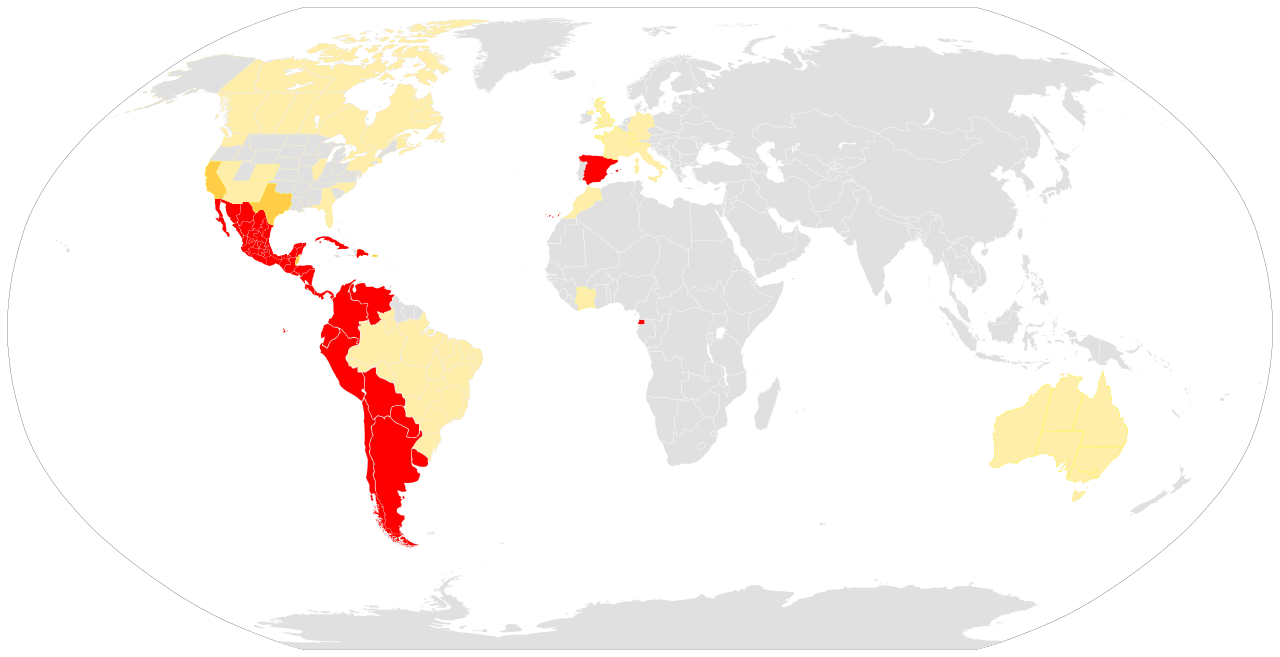
Spanish, with 534 million speakers globally, is one of the world’s most influential languages. It originated in the Iberian Peninsula and spread across the Americas, Africa, and Asia during Spanish colonization. Today, it is the official language of 20 countries, including Mexico, Spain, Colombia, and Argentina. Spanish belongs to the Romance language family, derived from Latin, and uses the Latin alphabet. It is known for its melodic rhythm and grammatical simplicity compared to other languages. Spanish boasts a rich literary tradition, with notable authors such as Miguel de Cervantes and Gabriel García Márquez. The language plays a vital role in culture, politics, and economics in both the Americas and Europe, making it an indispensable global language.
French – 280 Million Speakers
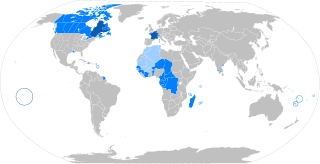
French, spoken by 280 million people, is a Romance language with roots in Latin. Known as the “language of love” and diplomacy, French has been a prominent global language for centuries. It is the official language of 29 countries, including France, Canada, Belgium, and several African nations. French plays a crucial role in international organizations like the United Nations, the European Union, and the Olympic Games. Its cultural contributions are vast, particularly in literature, philosophy, art, and gastronomy. Despite its historical association with Europe, French is thriving in Africa, where the majority of its speakers reside. Efforts to promote French through education and media ensure its continued global relevance.
Standard Arabic – 274 Million Speakers

Standard Arabic is spoken by 274 million people and is the liturgical language of Islam, being used in the Quran and religious contexts. It serves as the official language of over 20 countries, including Saudi Arabia, Egypt, and Iraq. Modern Standard Arabic (MSA) is primarily used in formal settings, media, and literature, while regional dialects dominate daily communication. Part of the Afro-Asiatic language family, Arabic has a rich history, influencing many languages such as Persian, Turkish, and Spanish. It is written in a flowing, cursive script read from right to left. The language’s historical and cultural significance is immense, encompassing contributions to science, mathematics, and philosophy during the Islamic Golden Age. Today, Arabic is crucial in the Middle East and North Africa for diplomacy and commerce.
Bengali – 265 Million Speakers
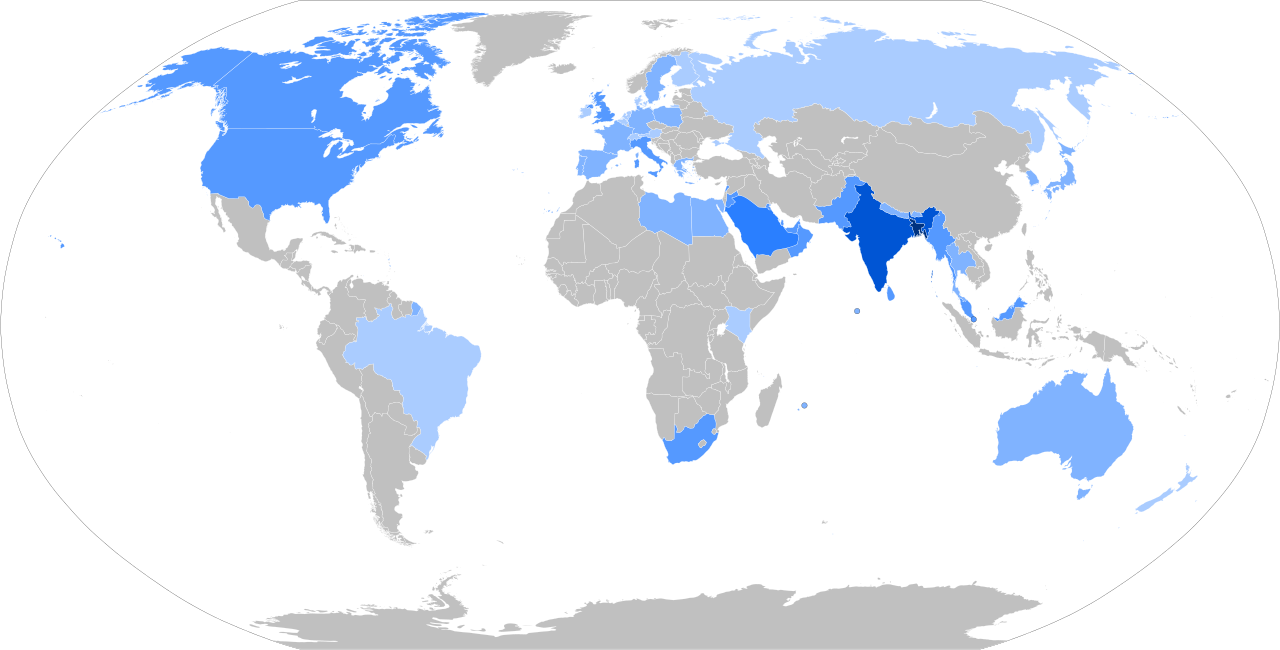
Bengali, with 265 million speakers, is the official language of Bangladesh and the second most spoken language in India. It is part of the Indo-Aryan language group and is written in the Bengali script, which evolved from ancient Brahmic scripts. Bengali has a rich literary tradition, with Nobel Laureate Rabindranath Tagore being one of its most celebrated contributors. The language is known for its poetic and expressive nature, deeply embedded in the cultural identity of Bengal. It is also widely spoken by diaspora communities in countries such as the United Kingdom, the United States, and the Middle East. Bengali plays a significant role in uniting its speakers through a shared history, culture, and national identity.
Russian – 258 Million Speakers
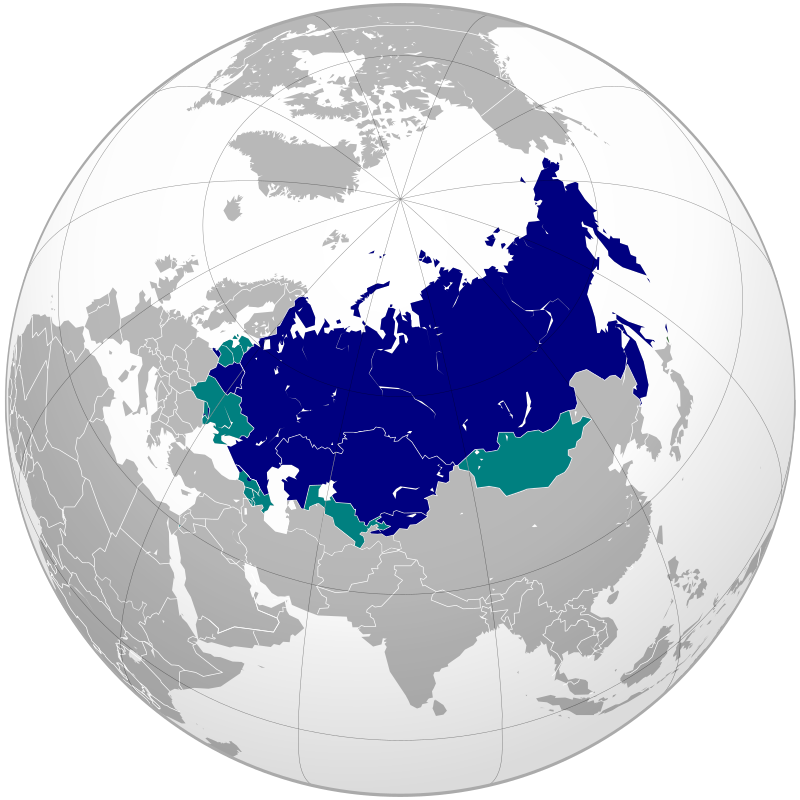
Russian, with 258 million speakers, is the most widely spoken Slavic language and an official language in Russia, Belarus, Kazakhstan, and Kyrgyzstan. It is also one of the six official languages of the United Nations. Russian uses the Cyrillic script, which was developed in the 9th century and remains a hallmark of Slavic linguistic identity. The language has a rich literary heritage, with authors like Leo Tolstoy and Fyodor Dostoevsky earning global acclaim. Russian is also a language of science and space exploration, reflecting its prominence during the Soviet era. Its widespread use in Eastern Europe and Central Asia ensures its continued importance in geopolitics and culture.
Portuguese – 234 Million Speakers
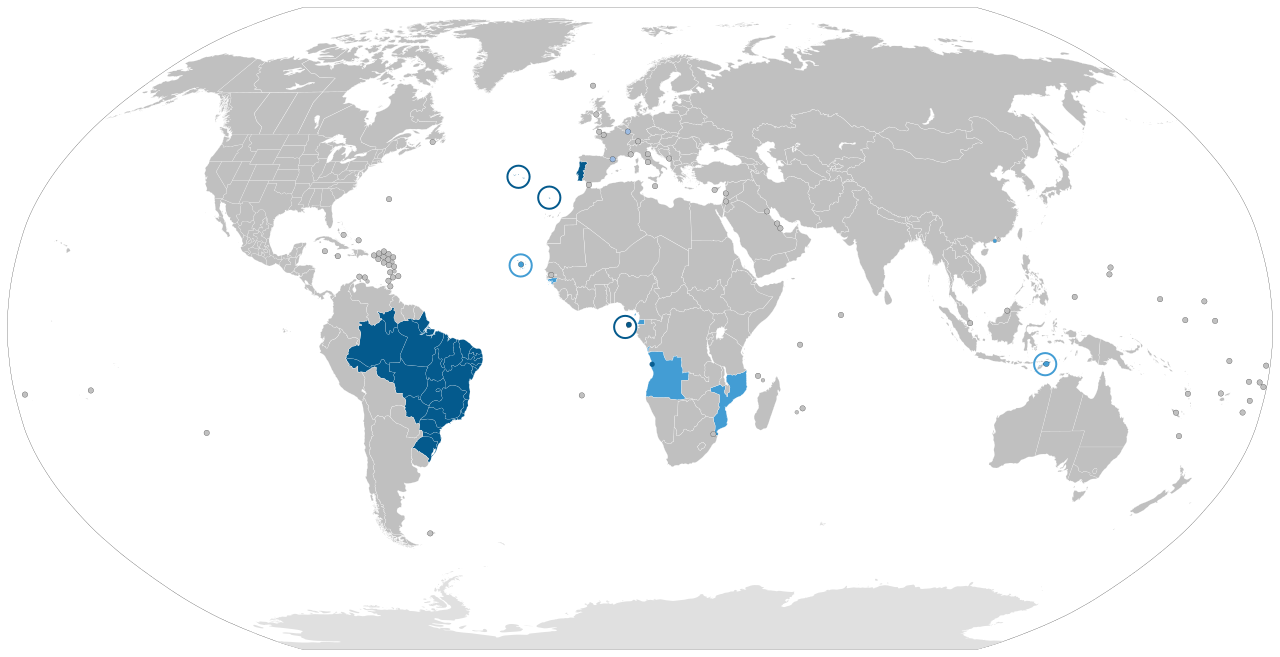
Portuguese, spoken by 234 million people, is a Romance language that originated in Portugal and spread across the globe during the Age of Exploration. Today, it is the official language of Brazil, Portugal, Mozambique, Angola, and several other countries. Brazilian Portuguese accounts for the majority of its speakers, owing to Brazil’s large population. Portuguese is known for its melodious intonation and relatively simple grammar. Its literary tradition includes iconic authors like Luís de Camões and modern works from Brazilian writers such as Paulo Coelho. The language’s global reach, combined with the growing economic influence of Lusophone nations, ensures its continued cultural and economic relevance.
Indonesian – 199 Million Speakers

Indonesian, spoken by 199 million people, is the official language of Indonesia, the world’s fourth most populous country. A standardized form of Malay, Indonesian was chosen as the national language to unite the diverse linguistic landscape of the archipelago. It uses the Latin alphabet and has a relatively simple grammatical structure, making it accessible to learners. Indonesian is essential for communication among Indonesia’s 700+ ethnic groups and is widely used in education, media, and government. Its vocabulary includes influences from Dutch, Sanskrit, Arabic, and Chinese, reflecting the nation’s historical trade and colonial connections. As Indonesia’s global prominence grows, so does the importance of its national language.
Urdu – 170 Million Speakers
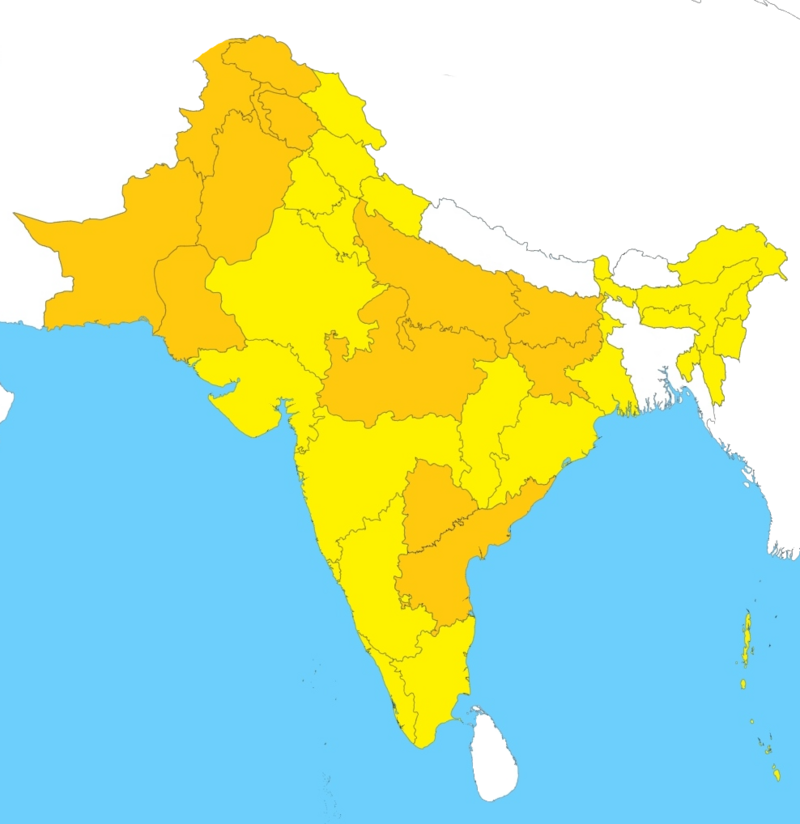
Urdu, with 170 million speakers, is the national language of Pakistan and an official language in several Indian states. It is closely related to Hindi but distinguished by its Persian-Arabic script and extensive borrowing from Persian and Arabic. Urdu is renowned for its poetic elegance, with a rich tradition in ghazals and other forms of poetry. Celebrated poets like Mirza Ghalib and Allama Iqbal have elevated the language’s literary prestige. Urdu serves as a lingua franca in Pakistan and a cultural bridge in the Indian subcontinent. Its diaspora communities in the Middle East, Europe, and North America contribute to its global presence.
Standard German – 132 Million Speakers
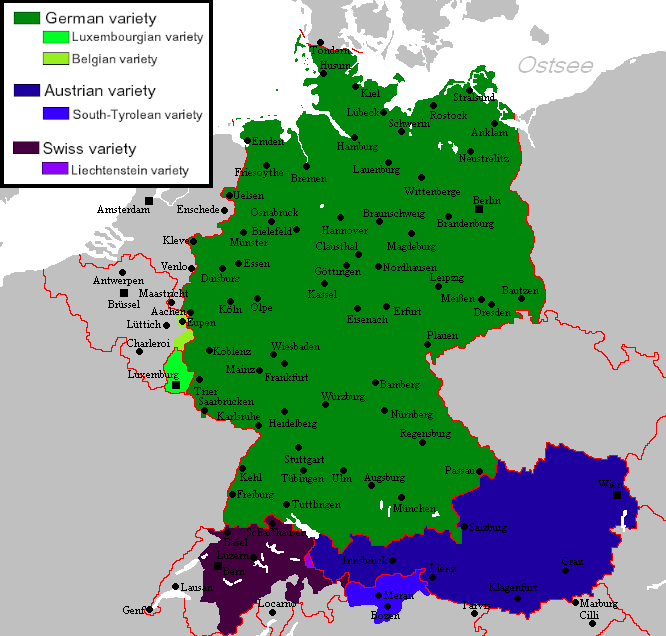
Standard German, spoken by 132 million people, is the most widely spoken native language in Europe. It is the official language of Germany, Austria, and Liechtenstein, as well as one of the official languages in Switzerland, Belgium, and Luxembourg. German has a rich literary and philosophical heritage, with figures like Johann Wolfgang von Goethe, Friedrich Nietzsche, and Albert Einstein contributing to its global reputation. The language is known for its precision, compound words, and grammatical complexity. German is also a critical language for science, engineering, and business, reflecting the economic power and innovation of German-speaking countries.
Japanese – 128 Million Speakers
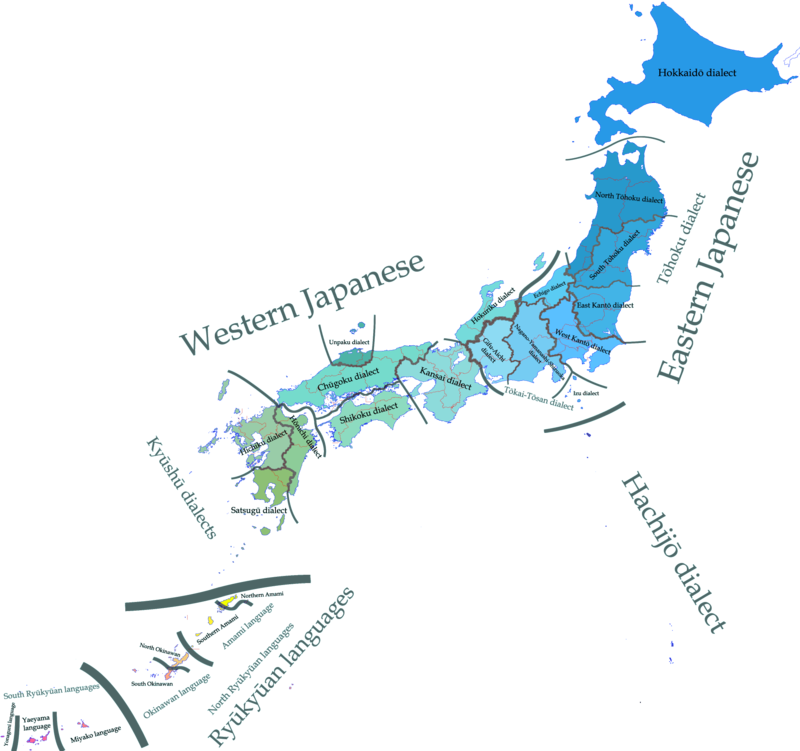
Japanese, spoken by 128 million people, is the official language of Japan and is primarily confined to the country, with small communities of speakers abroad. The language uses three writing systems: Kanji (Chinese characters), Hiragana, and Katakana. Japanese is known for its complex honorifics and levels of politeness, reflecting the cultural emphasis on respect. Japan’s global influence in technology, entertainment, and culture has increased the language’s visibility. Japanese boasts a rich literary tradition and is home to renowned authors like Haruki Murakami. With Japan’s continuing impact on the world, the Japanese language remains significant in global arts and innovation.
Swahili – 98 Million Speakers
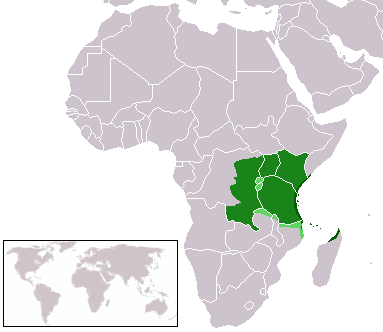
Swahili, with 98 million speakers, is a Bantu language and the lingua franca of East Africa. It is spoken in countries like Tanzania, Kenya, Uganda, and the Democratic Republic of Congo. Swahili has been influenced by Arabic due to historical trade connections, with many loanwords incorporated into its vocabulary. The language is written in the Latin alphabet and is known for its simplicity and regular grammar. Swahili plays a vital role in fostering regional unity and cultural identity in East Africa. Its growing importance is highlighted by its use in African Union communications and its inclusion in educational curricula worldwide.
Marathi – 95 Million Speakers
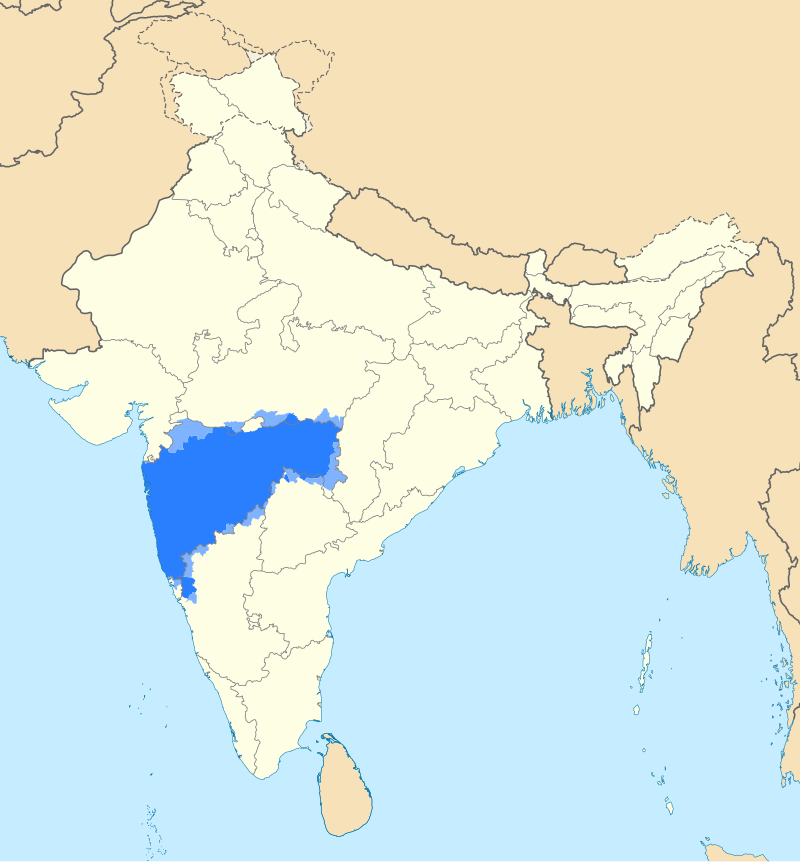
Marathi, spoken by 95 million people, is an Indo-Aryan language primarily used in the Indian state of Maharashtra. It is one of India’s 22 scheduled languages and boasts a rich literary history, with works dating back over a millennium. Marathi uses the Devanagari script and shares linguistic features with Sanskrit, Hindi, and other regional languages. Known for its poetic and prosaic traditions, Marathi literature has been recognized with numerous accolades, including Jnanpith awards. The language is central to the cultural identity of Maharashtra, playing a key role in cinema, theater, and folk art. Its speakers are also found in diaspora communities around the world.
Telugu – 93 Million Speakers

Telugu, with 93 million speakers, is a Dravidian language predominantly spoken in the Indian states of Andhra Pradesh and Telangana. It is one of India’s 22 scheduled languages and has a vibrant classical and modern literary tradition. The language is written in the Telugu script, known for its rounded, intricate characters. Telugu literature dates back to the 11th century and includes celebrated works of poetry, drama, and philosophical writings. Known as the “Italian of the East” for its melodic nature, Telugu plays a vital role in South Indian cinema and culture. Its speakers also contribute significantly to India’s technology and engineering sectors.
Western Punjabi – 93 Million Speakers
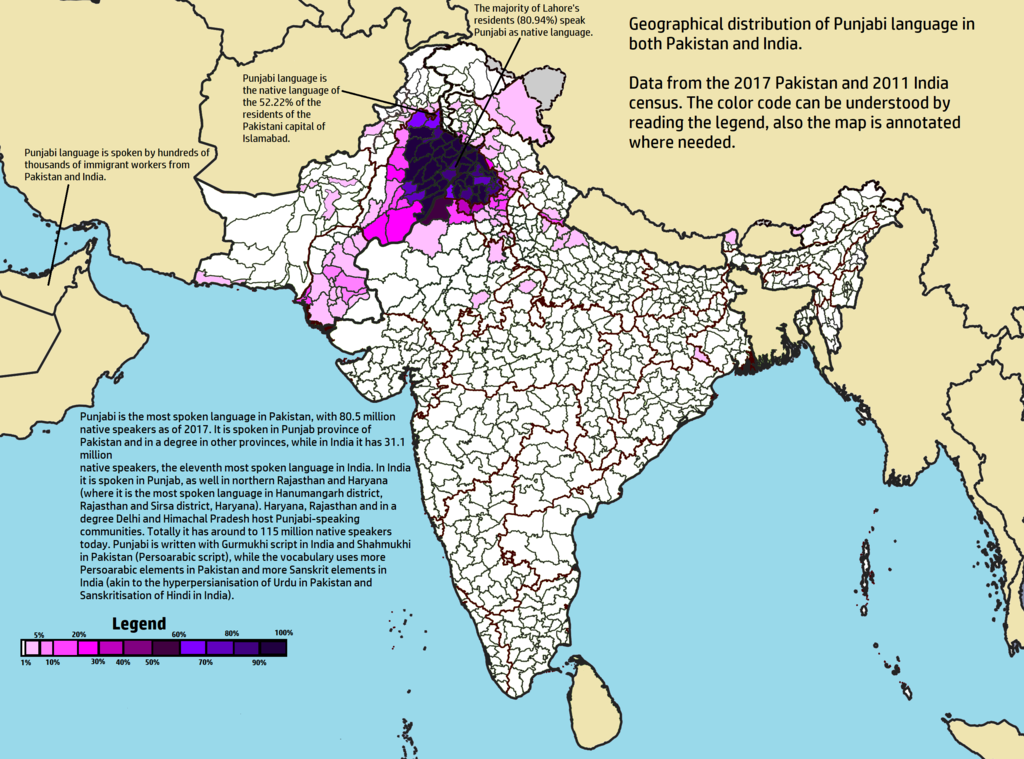
Western Punjabi, spoken by 93 million people, is primarily used in Pakistan’s Punjab region. It is closely related to Eastern Punjabi, spoken in India, but is written in the Shahmukhi script, derived from Persian-Arabic. The language is an integral part of Punjabi culture, known for its vibrant oral traditions, including folk songs, poetry, and Sufi music. Western Punjabi has contributed to South Asia’s cinematic and musical heritage, particularly in Lollywood, Pakistan’s film industry. Despite its prominence, the language faces challenges in standardization and formal education, as Urdu remains Pakistan’s primary medium of instruction and administration.
Wu Chinese – 82 Million Speakers
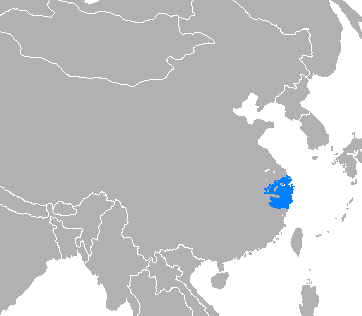
Wu Chinese, with 82 million speakers, is one of the major dialect groups of Chinese, predominantly spoken in the eastern coastal regions of China, including Shanghai and Zhejiang. Known for its tonal richness and soft pronunciation, Wu is distinct from Mandarin and other Chinese dialects. The Shanghainese variant is the most prominent within Wu Chinese, reflecting Shanghai’s cultural and economic significance. While Mandarin remains the official language of China, Wu plays a vital role in regional identity and daily communication. Efforts to preserve Wu dialects continue amid increasing Mandarin standardization.
Tamil – 81 Million Speakers
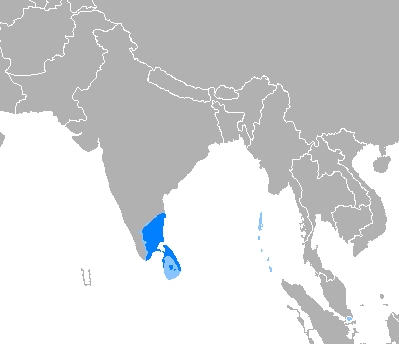
Tamil, spoken by 81 million people, is one of the oldest living languages in the world, with a history spanning over 2,000 years. It is a Dravidian language and an official language in Tamil Nadu, Puducherry, Sri Lanka, and Singapore. Tamil uses a unique script and has a rich literary tradition, including ancient Sangam poetry and classical epics. Known for its philosophical depth and artistic expression, Tamil continues to thrive in modern cinema, music, and literature. The language also has a significant presence among the Tamil diaspora in countries such as Malaysia, Canada, and South Africa.
Turkish – 80 Million Speakers
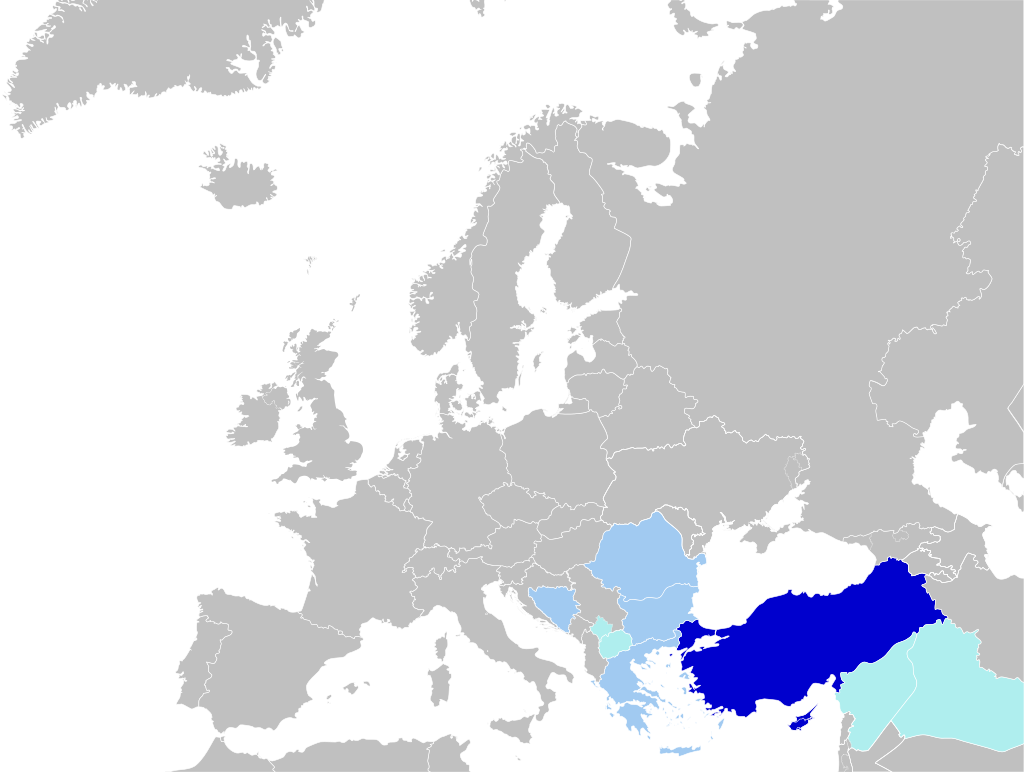
Turkish, with 80 million speakers, is the most widely spoken Turkic language and the official language of Turkey. It is written in the Latin script, adopted in 1928 as part of Atatürk’s language reforms. Turkish has a unique agglutinative structure, allowing for complex expressions through affixation. The language is known for its poetic and musical qualities, evident in Turkish folk songs and classical poetry. Turkish is also spoken in Cyprus, the Balkans, and among diaspora communities in Europe and North America. Its significance continues to grow with Turkey’s geopolitical influence and cultural exports.
Korean – 77 Million Speakers
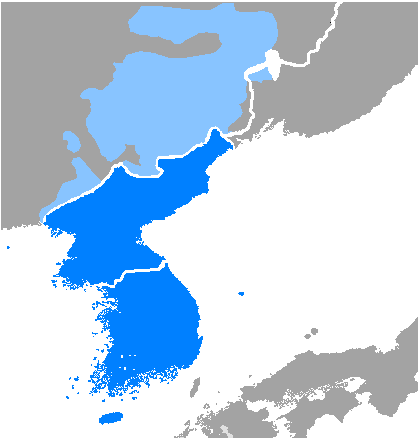
Korean, spoken by 77 million people, is the official language of North and South Korea. It is written in Hangul, a scientifically designed alphabet created in the 15th century under King Sejong. Korean is known for its intricate system of honorifics, reflecting the hierarchical nature of Korean society. The language has gained global popularity through the Korean Wave (Hallyu), including K-pop, dramas, and cinema. With Korea’s influence in technology, culture, and international trade, the Korean language continues to attract learners worldwide.
Vietnamese – 77 Million Speakers
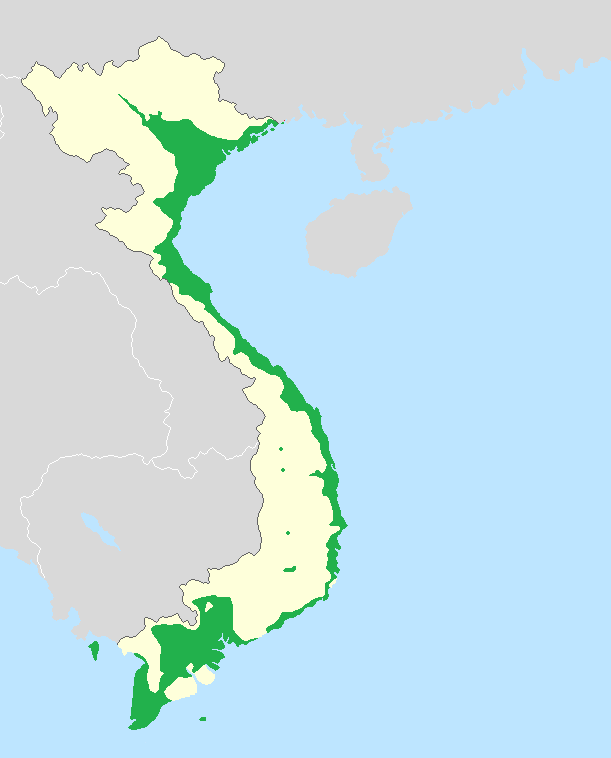
Vietnamese, spoken by 77 million people, is the official language of Vietnam. It uses the Latin-based Vietnamese alphabet, introduced during French colonial rule. Vietnamese is a tonal language, with six distinct tones that influence meaning. It has a rich literary and folk tradition, including ca dao (folk poetry) and classical novels. The language also reflects the influences of Chinese, French, and indigenous Austroasiatic roots. Vietnamese has a growing presence among diaspora communities, particularly in the United States, Australia, and France, where Vietnamese culture continues to thrive.
Yue Chinese (Cantonese) – 74 Million Speakers
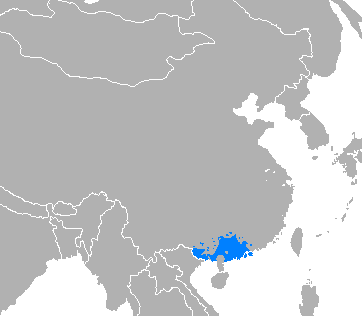
Yue Chinese, commonly known as Cantonese, is spoken by 74 million people, primarily in southern China, Hong Kong, and Macau. Known for its nine-tone system, Cantonese is distinct from Mandarin and is associated with a rich tradition in opera, film, and cuisine. The language has a strong presence among overseas Chinese communities in North America, Southeast Asia, and Europe. Cantonese serves as a cultural cornerstone for Hong Kong, where it remains widely used in government, media, and daily life, despite the growing influence of Mandarin.
Javanese – 68 Million Speakers
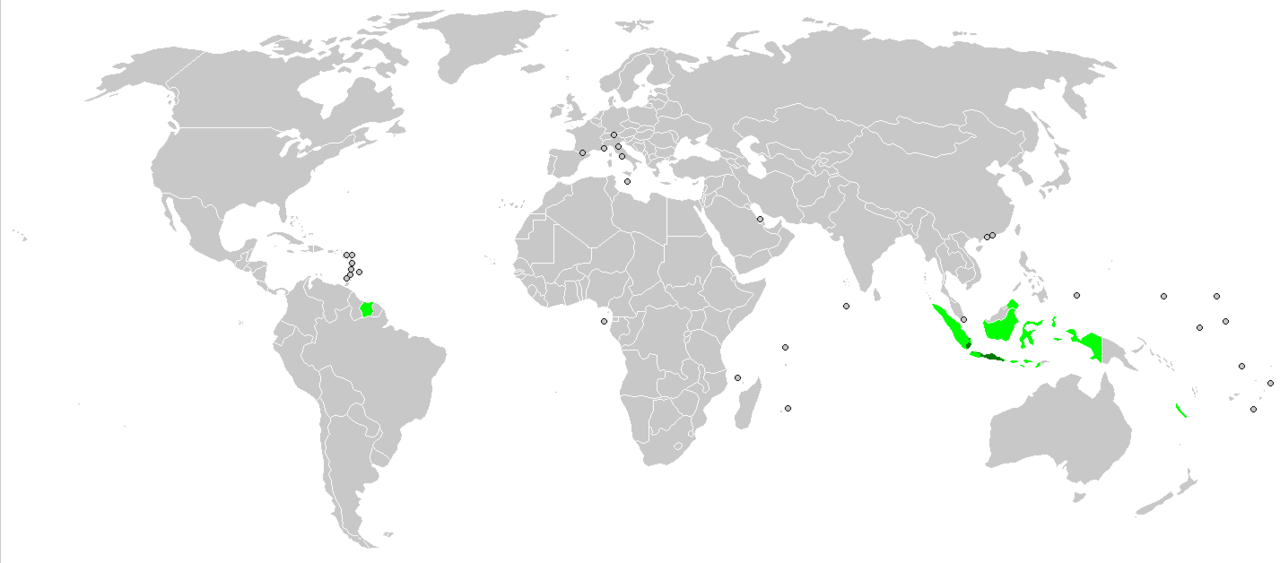
Javanese, spoken by 68 million people, is the largest Austronesian language by native speakers and is primarily used on the island of Java in Indonesia. It has a hierarchical speech system that reflects the speaker’s social status and relationship with the listener. Javanese uses several scripts, including Latin and Javanese script, though the latter is less commonly used today. The language has a rich literary tradition, encompassing court poetry and shadow puppet theater (wayang kulit). While Indonesian serves as the national language, Javanese remains integral to regional identity and cultural heritage.
Italian – 68 Million Speakers
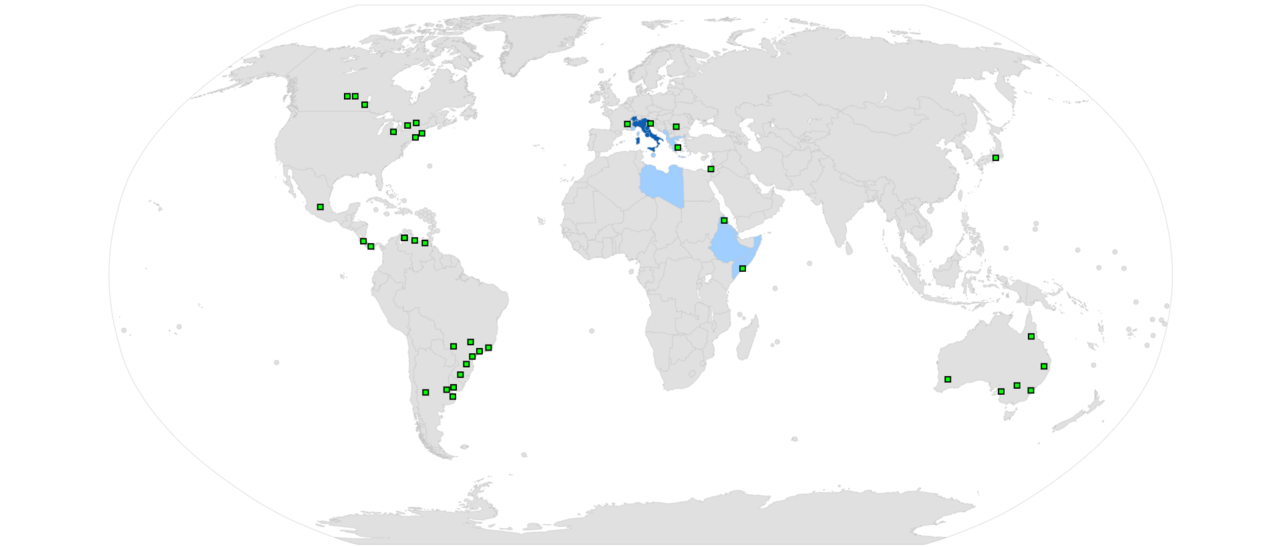
Italian, with 68 million speakers, is a Romance language known for its melodic intonation and cultural significance. It is the official language of Italy, San Marino, and Vatican City and is one of the official languages of Switzerland. Italian is rooted in Latin and serves as a bridge to understanding ancient Roman culture and history. The language is central to the arts, particularly opera, where many terms are in Italian. With its influence on gastronomy, fashion, and design, Italian continues to captivate learners and maintain its status as a language of culture and refinement.




